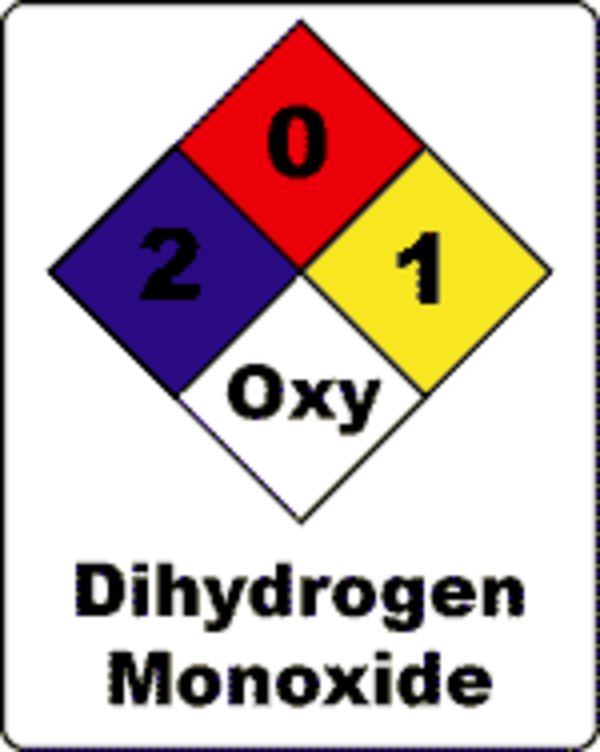I’ve been using Linux as my main OS for a couple of years now, first on a slightly older Dell Inspiron 15. Last year I upgraded to an Inspiron 15 7510 with i7-11800H and RTX3050. Since purchasing this laptop I’ve used Manjaro, Debian 11, Pop OS, Void Linux, Fedora Silverblue (37 & 38) and now Debian 12. I need to reinstall soon since I’ve stuffed up my NVIDIA drivers trying to install CUDA and didn’t realise that they changed the default swap size to 1GB.
I use this laptop for everything - development in C/C++, dart/flutter, nodejs and sometimes PHP. I occasionally play games on it through Proton and sometimes need to re-encode videos using Handbrake. I need some amount of reliability since I also use this for University.
I’ve previously been against trying Arch due to instability issues such as the recent GRUB thing. But I have been reading about BTRFS and snapshots which make me think I can have an up to date system and reliability (by rebooting into a snapshot). What’s everyone’s perspective on this, is there anything major I should keep an eye on?
Should also note I use GNOME, vscode, Firefox and will need MATLAB to be installed, if there is anything to do with those that is problematic on Arch?
Edit: I went with Arch thanks everyone for the advice


It’s an API, a set of function declarations and tools, which gives a standard way to control GPUs to make them put stuff on the screen as well as 3D maths. DirectX is a proprietary standard owned and developed by Microsoft and as such only supported on Windows. Though we have libraries such as dxvk which act as DirectX drivers and instead of directly interacting with the GPU, use Vulkan, which is similar to DirectX but and open standard, to put stuff on the screen.
Thank you! Now I at least know what’s taking my games on Steam so long to start